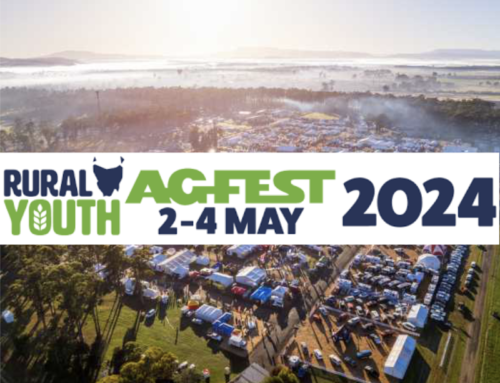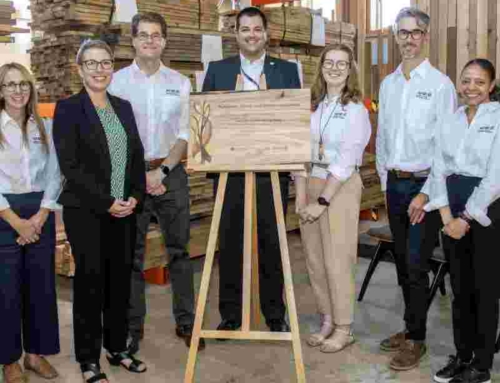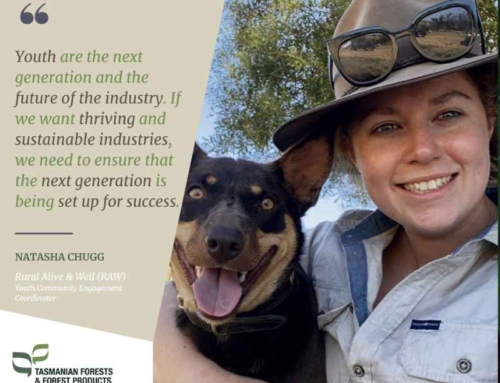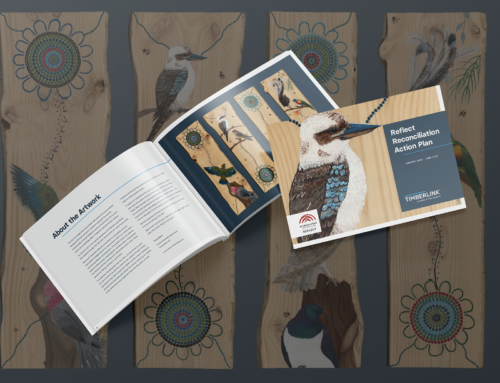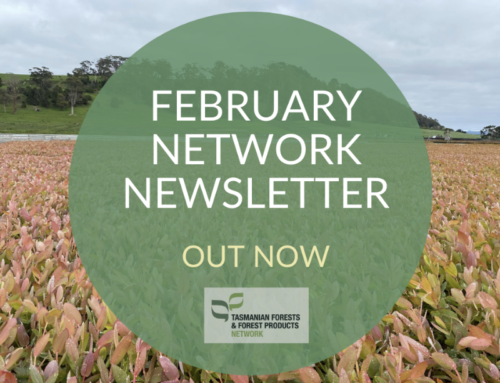Q and A with Anna Cooper, Co-Director of MCA Architects
1. What is your role, who do you work for?
I am a registered Architect and co-director of MCA Architects alongside my father, Michael Cooper. Our firm was established in 1991 and is a family owned and operated business specialising in architectural documentation, project management, master planning and interior design. The majority of our projects are commercial, mainly corporate, medical and education in nature. We have also undertaken some high-end residential projects.
I am also the director of Equal Access Tasmania Pty Ltd, a consulting firm that assists business, government, service providers and the community organisations to ensure environments are accessible and inclusive for all. As a specialist access consultant, I have in-depth knowledge of potential problems, their solutions, and any laws that apply and should be addressed.
2. How does this connect you to the Tasmanian forest and forest products industry?
Working in architecture connects us to the Tasmanian forest and forest products industry as we get to research and incorporate Tasmanian timbers in our designs. We recognise the importance of the Tasmanian forests and forest products industry, as it is important for employment and economic development. The industry is also encouraging the use of sustainable, renewable timber that can assist with climate change mitigation. As architects, we fully consider using Tasmanian timber in a project where it represents value for money and provides appropriate quality and functionality.
MCA embraces an integrated approach to economic, ecological and social sustainability in all areas of design; and furthermore, respect, knowledge and a consideration for people and the natural environment define both our work and our design philosophy. Our commitment to supporting local design and manufacturing as well as our efforts to educate others of the importance of sustainable architecture form some of our key principles.
3. What’s the most exciting or rewarding part of your connection with the industry?
The most exciting part of working with Tasmanian forest products is the design process and selecting timber species not available anywhere else in the world. Seeing the finished product and presenting to our client is always exciting, as well as engaging with local Tasmanian furniture designers and joiners in creating unique and exciting pieces. I think Tasmanians have an inherent love for timber products. From a young age, I remember the smell of Huon Pine at Salamanca Market; people can not hep but touch these timber products. Each project become unique after incorporating bespoke design.
4. What are you most passionate about in the industry?
I am most passionate that timber is a renewable resource and each piece of timber is unique in its dressed and raw form. I love that timber works well with other products such as steel, ceramics, and terrazzo. It often gives projects a natural feel and connects them back to nature.
5. What projects or designs of MCA’s do you think are highlights with respect to the Tasmanian forest industry?
In 2016-17, we designed the fit out for Sustainable Timber Tasmania at their head office in Bathurst Street. In this project, we incorporated Tasmanian Timber in office screenings and quiet work pods which were placed around the office floor plan. The timber species include Blackwood, Tasmanian Oak, Myrtle and Sassafras. These were designed by MCA Architects and fabricated by Scott Van Tuil, a Hobart furniture designer.
We also use Tasmania Oak often for internally lining for fit outs, such as floors and dado linings; for example, in the Dunalley Community Hall and RSL.
6. Do you have a favourite Tasmanian timber?
Tasmanian Blackheart Sassafras.
7. What do you think the Industry does really well?
I think the industry promotes Tasmania timbers well both nationally and internationally.
8. Where do you think there is room for improvement?
I think education for consumers of purchasing quality products; I believe that the ‘buy once buy well’ policy is very important; we very much try to encourage people to buy quality products that will have longevity. We are very much a part of a throwaway society and are consumed with mass production which is not sustainable.
The community now has an expectation for the sustainability of our forestry resources. People are taking initiative to reduce their carbon footprint by selecting locally provided products, sourced as close as possible to the site; but we must also consider manufacturing processes and source products that require less energy to produce.
There also needs to be more education around species and the selection of products for certain applications; some timbers are not appropriate for certain works and need to be selected accordingly.
9. On a weekend, we’d find you where?
At Pilates, renovating or on a road trip with my husband who is a keen surfer; my favourite place is Freycinet National Park.
10. What is something that would surprise people about you?
I was a Registered Nurse for 3 years before studying Architecture. I have done research into the affects of natural light in the Intensive Care Unit on patient recovery times as well as extensive mould research; I find the affects of architecture on health outcomes quite fascinating.

